
Looking out the window today, there is no denying that the summer is over, fall is in full swing, days are getting shorter, and the window to ride outside is closing rapidly.
For some of us, a long season of riding, or racing usually follows with some time off the bike. Allowing for the body to rest and recover. Many of us don’t realize the physical benefits, but also the mental benefits of rest. Adaptation isn’t happening when you are putting in the work, but rather that benefits transpire when you are resting. Induce stress, followed by rest, to become your very best….
There are so many question on the topic of off season training, that many of us don’t have the answers to, “what is the best approach?”, “what did I do wrong last year?”, or “what didn’t I do last year that I should have been doing?”… It goes on and on… The reality is that there is no short or easy answer. However, setting goals, proper planning, patience and buying into a belief system that will bring better health and fitness to fruition is key. Not a belief in miracles, but a belief in persistent, smart, hard work.
Goals:
If you could start all over, what would you do differently. Where do you genuinely want to see improvement? Do you want to come into the season lighter? Faster? Stronger? Maybe it is all 3! Having a sense of direction, and an end goal in mind will definitely help to create the pathway to success. Being more specific about the goals you want to achieve are important too. Perhaps there is a Fondo, charity ride, or challenge you are looking to conquer. Understanding the physical demands of your goals will help to identify the type and level of fitness you will need to achieve your goals.
The Build Plan:
Rome wasn’t built in a day. The same is true for building fitness. There have been many theories, some that have been proven time and time again, along with some newly adopted theories that the jury is still out on. Ultimately, not matter what method you choose, they all have a process.
The most common approach to building cycling fitness is through periodization. To simplify things, this method consists of different building phases or periods. The first part of the build, is to prepare the body for the hard work which lies ahead. Getting your muscles and tendons acclimatized and building a strong aerobic through a steady volume of low intensity riding. This intensity would be approx no more than 65-70% of your FTP (functional threshold power) Many coaches or experienced riders would suggest that this period should last anywhere between 4-12 weeks. It really depends on how much of an aerobic base that you require.
The second phase of the build, is to start implementing some on bike muscular strength workouts to your weekly plan. These workouts consist of intervals where you are pushing the heaviest gear that you can spin smoothly at a cadence that does not exceed 70 rpm. The benefit of these workouts is to increase leg strength in preparation for more specific workouts that start to increase capacity at higher riding intensities. The phase of this build can last anywhere from 4-8 weeks.
The third phase of the build starts to shift towards real specifics of fitness that you are trying to achieve. Are you trying to be a better climber? Perhaps become a better sprinter? Maybe you want to increase your 10min or 20 min power output? The great part about getting to stage of the build is you start to put your hard work into action and start to realize some real gains. The down side is that the volume lessens slightly, but the intensity gets ratcheted up! When would it be best to start this part of the build, it is suggested to look at when you really want to start calling upon peak fitness. If you have plans to be really fit in June, it would be best to start this phase about 6-8 weeks out from your goal event. Some examples of workout that would help to increase top end fitness for a sprinter, would be intervals lasting only couple of minutes riding above threshold, that eventually ramps up to an all out finishing sprint. Resting for several minutes and then repeating the interval several times more. It is not recommended to exceed the number intervals past a substantial drop in performance.
The periodized system of off season training has been the standard for eons. It definitely has the proven track record to net results. However for some they may not have the time or lifestyle to train at such a volume, especially for long period of time. For those that realistically don’t have more than 6-8 per week to train, not all hope is lost. Recently we have seen some positive results from training at a slightly higher intensity for shorter periods. What has been called “time-crunch” training, still requires a certain amount of low intensity work prior to jumping into any interval work. Approx 2-4 weeks. Once you are acclimated, majority of the “time-crunched” intervals consist of riding for period of time at 75-90% of FTP, with equal or half of that duration at rest pace. The key of this style of training is to not exceed your FTP. The reasoning is to not compound too much fatigue, while still seeing in increase at FTP. For most this style of training is more motivating, and tends to work best for those short on time.
Regardless of how you train, we wish you the best of luck as you build an FTP monster in your pain cave!
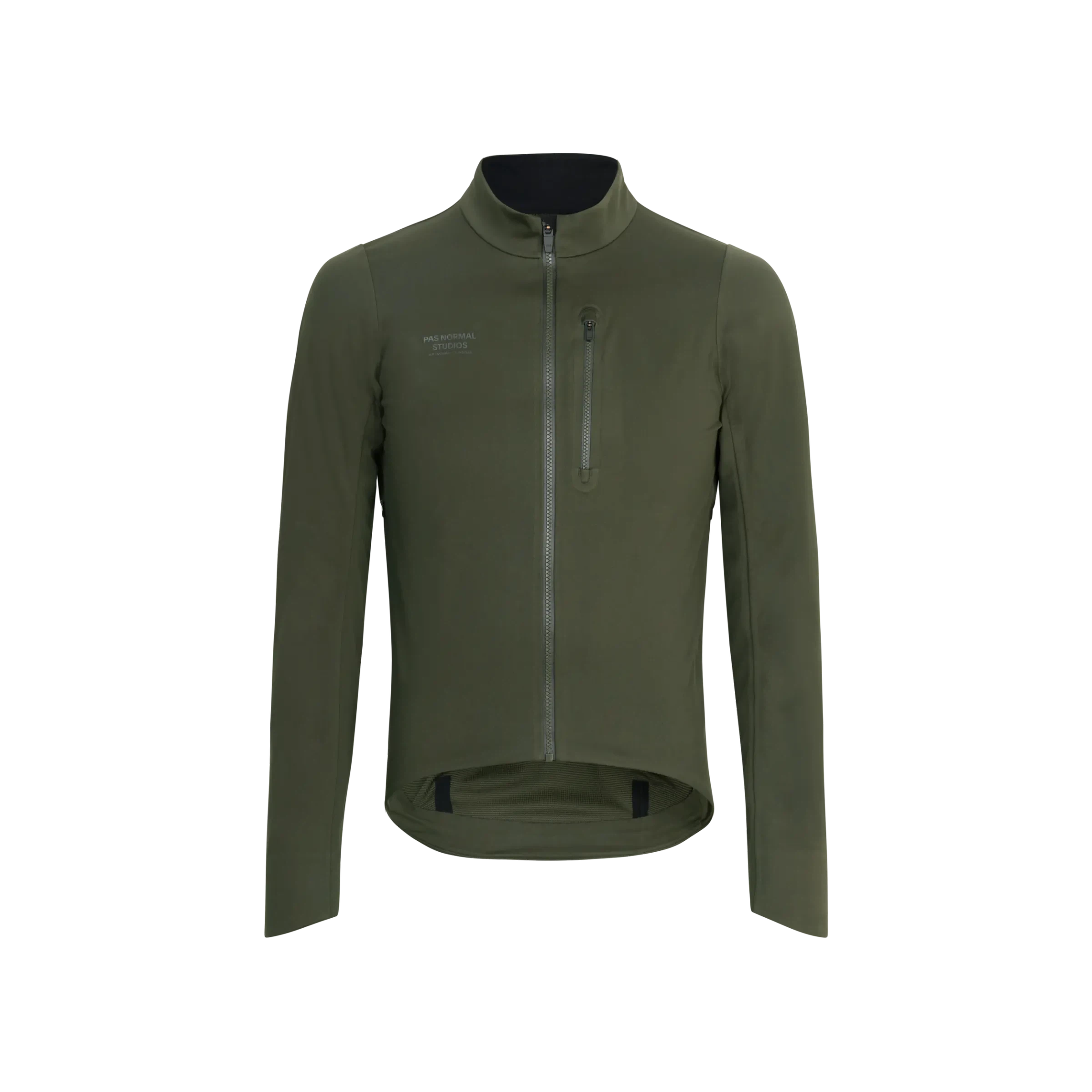
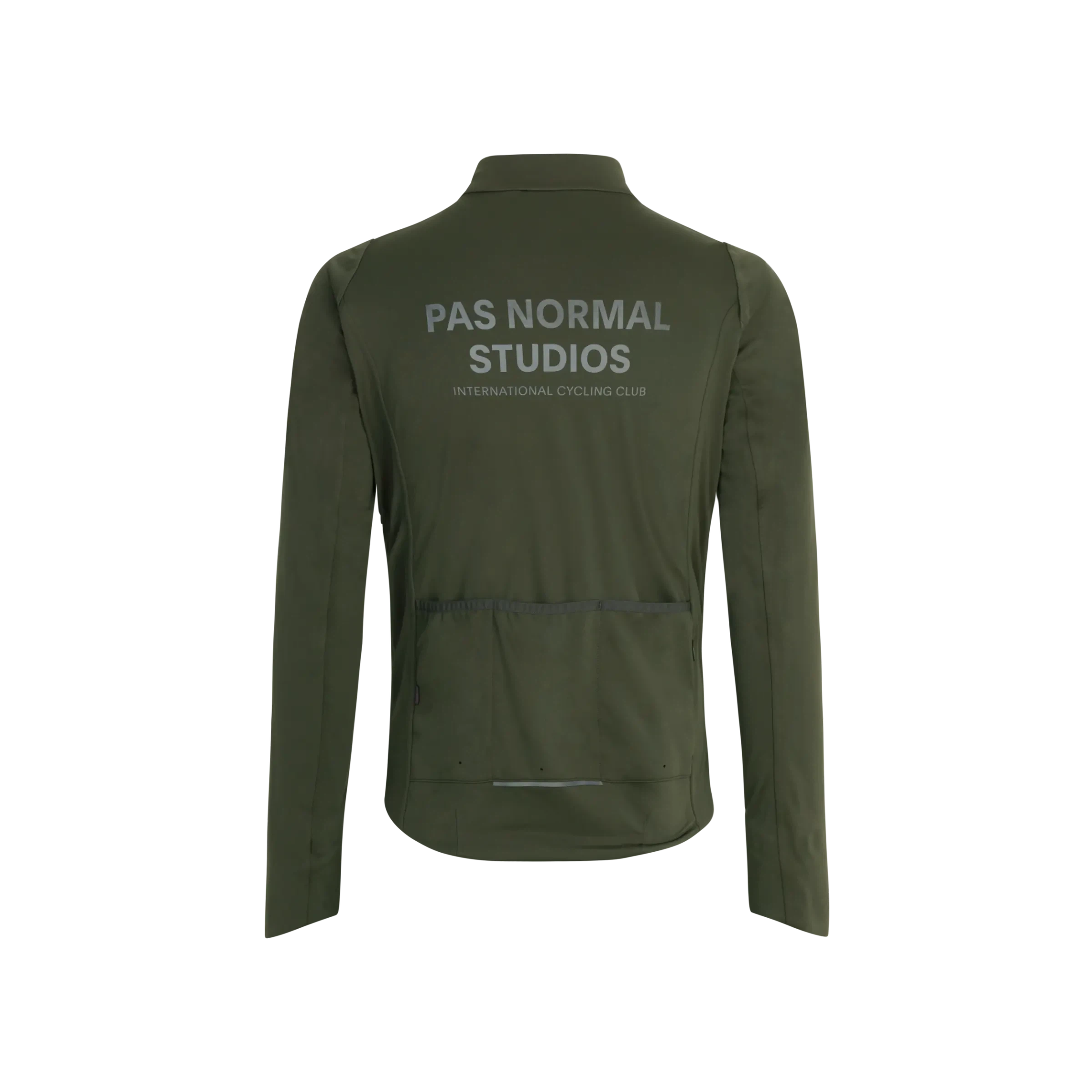
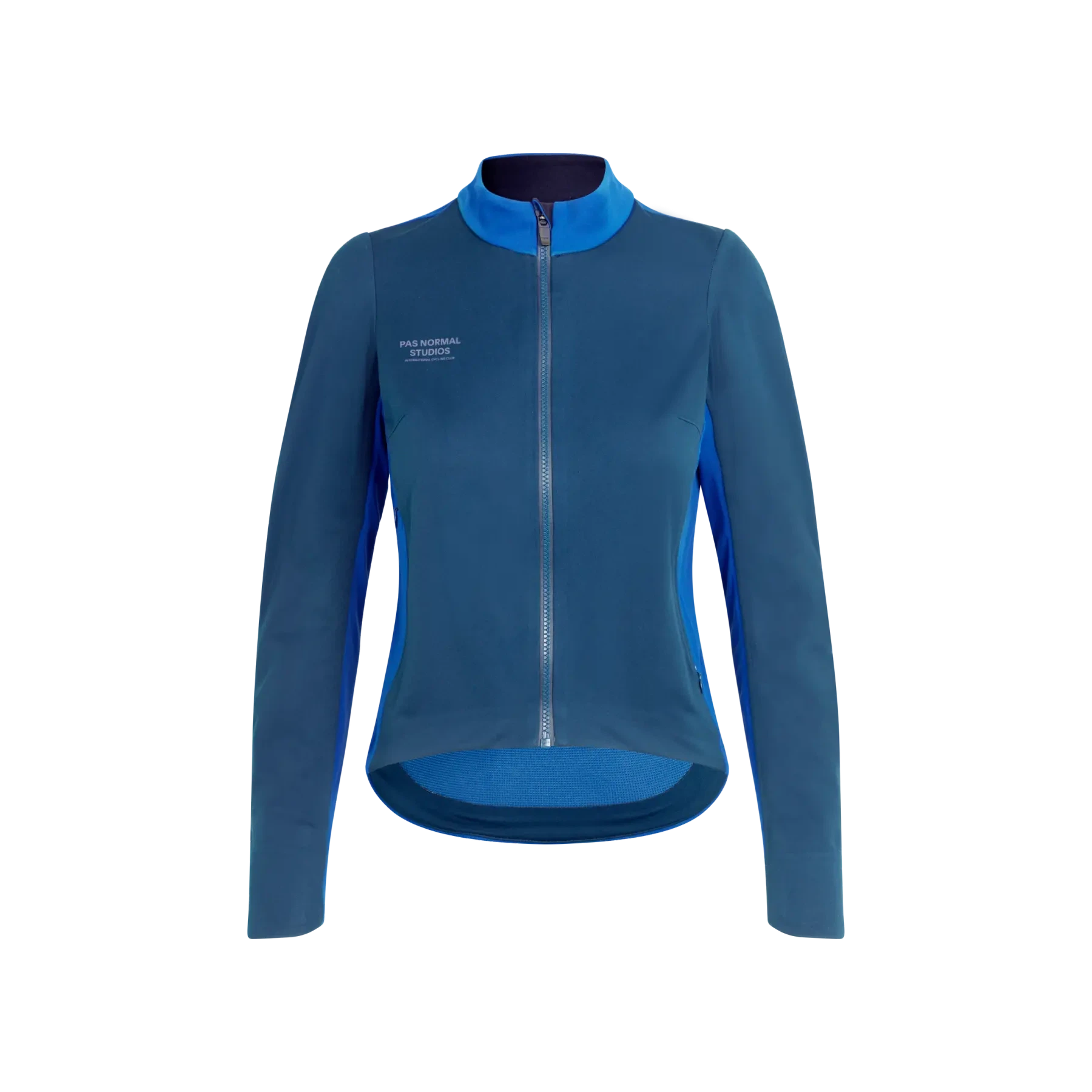
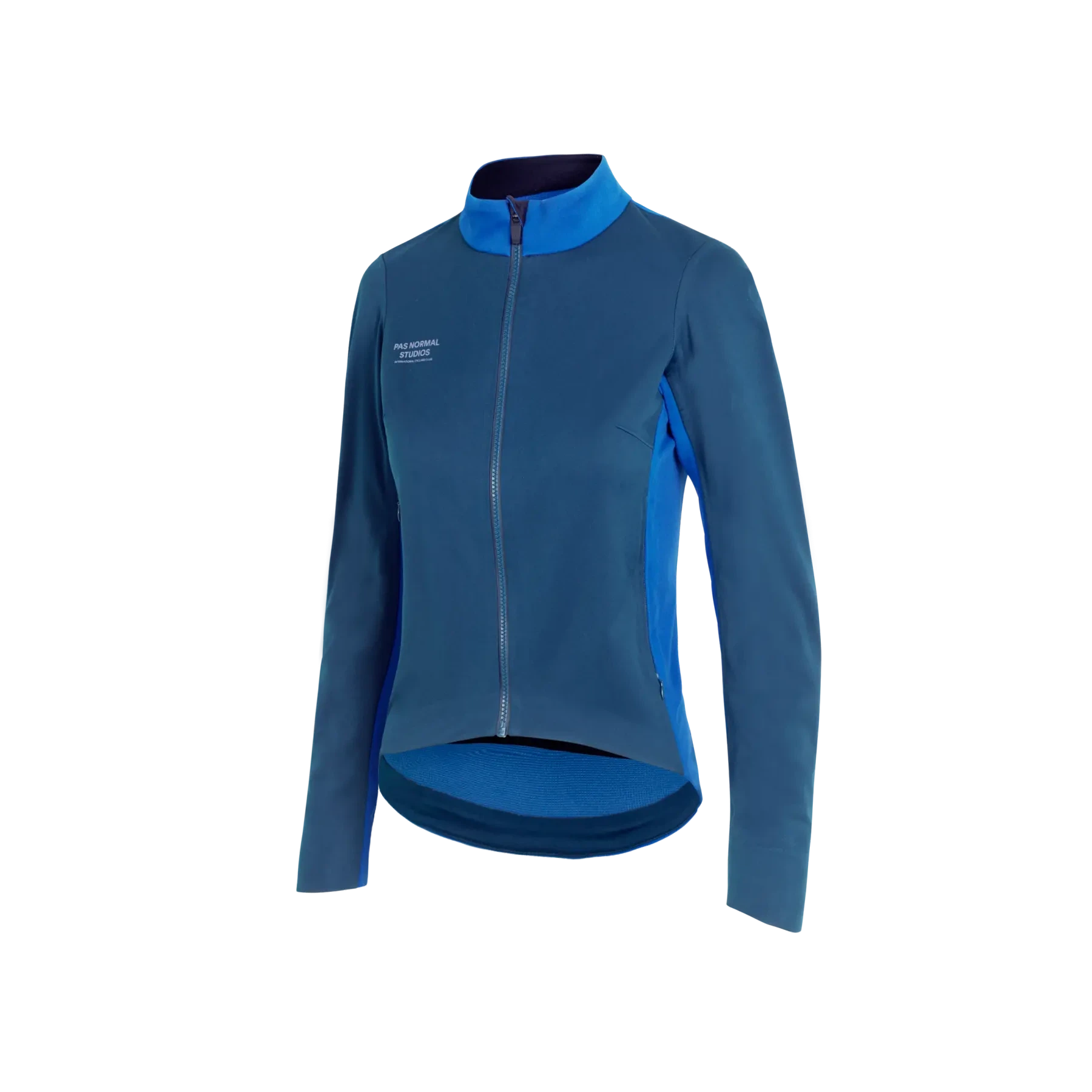
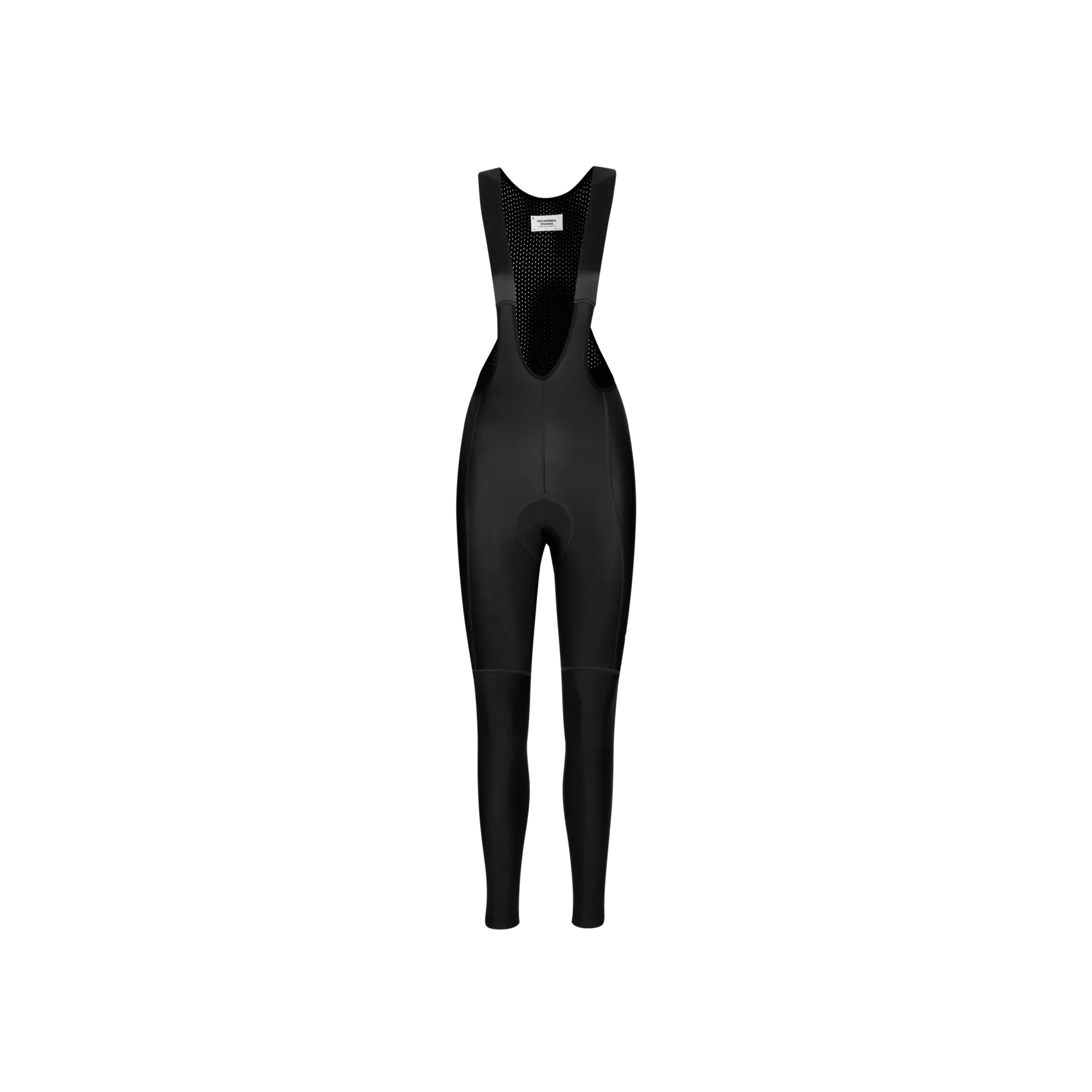
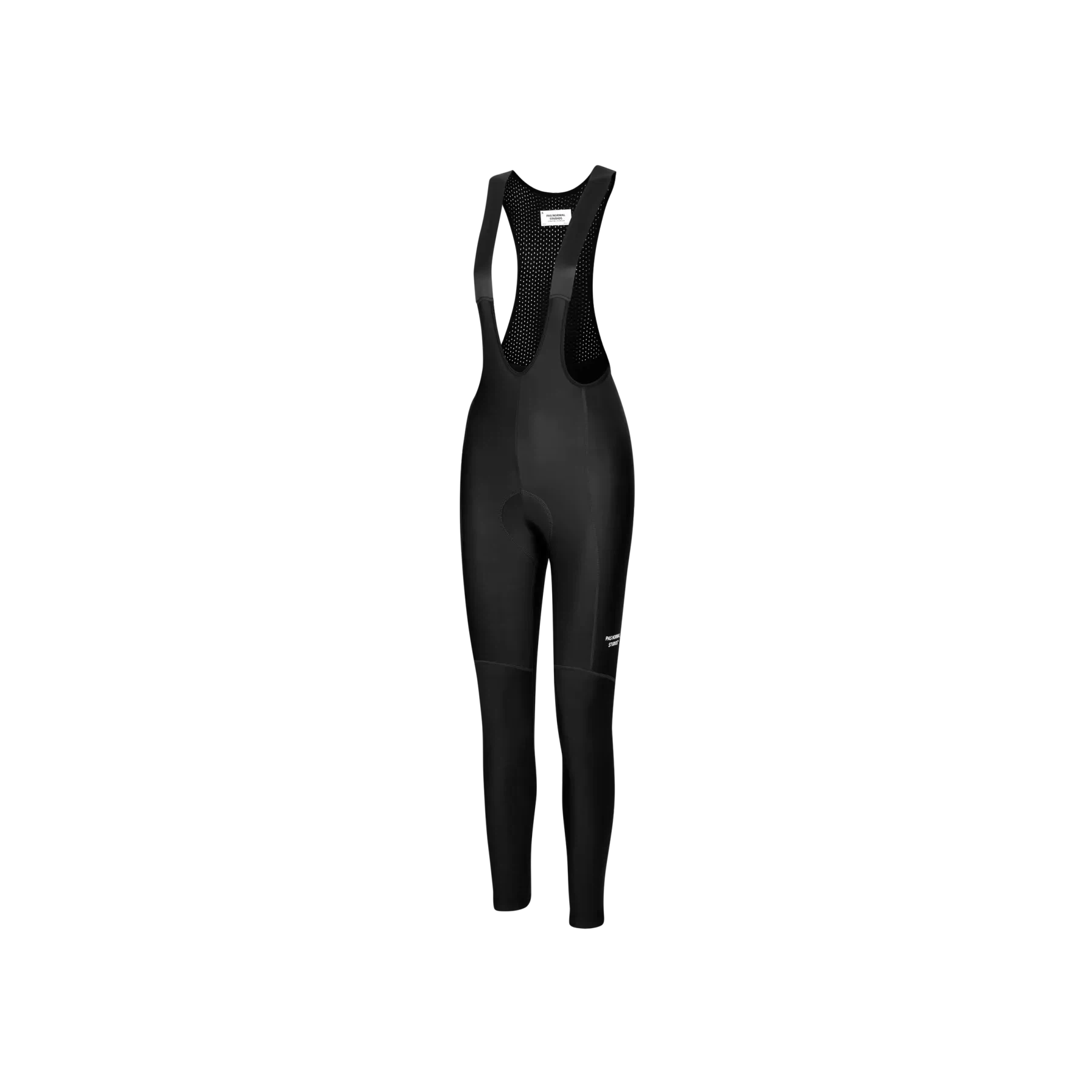
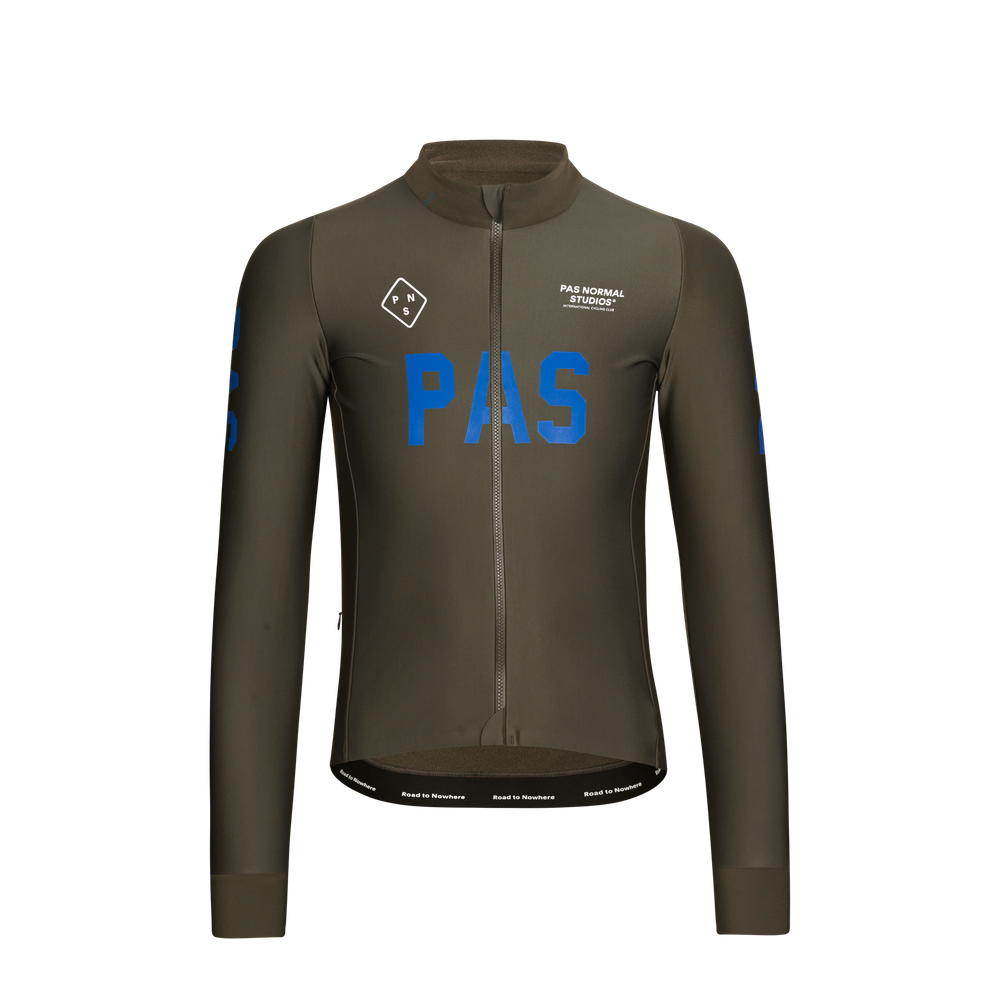
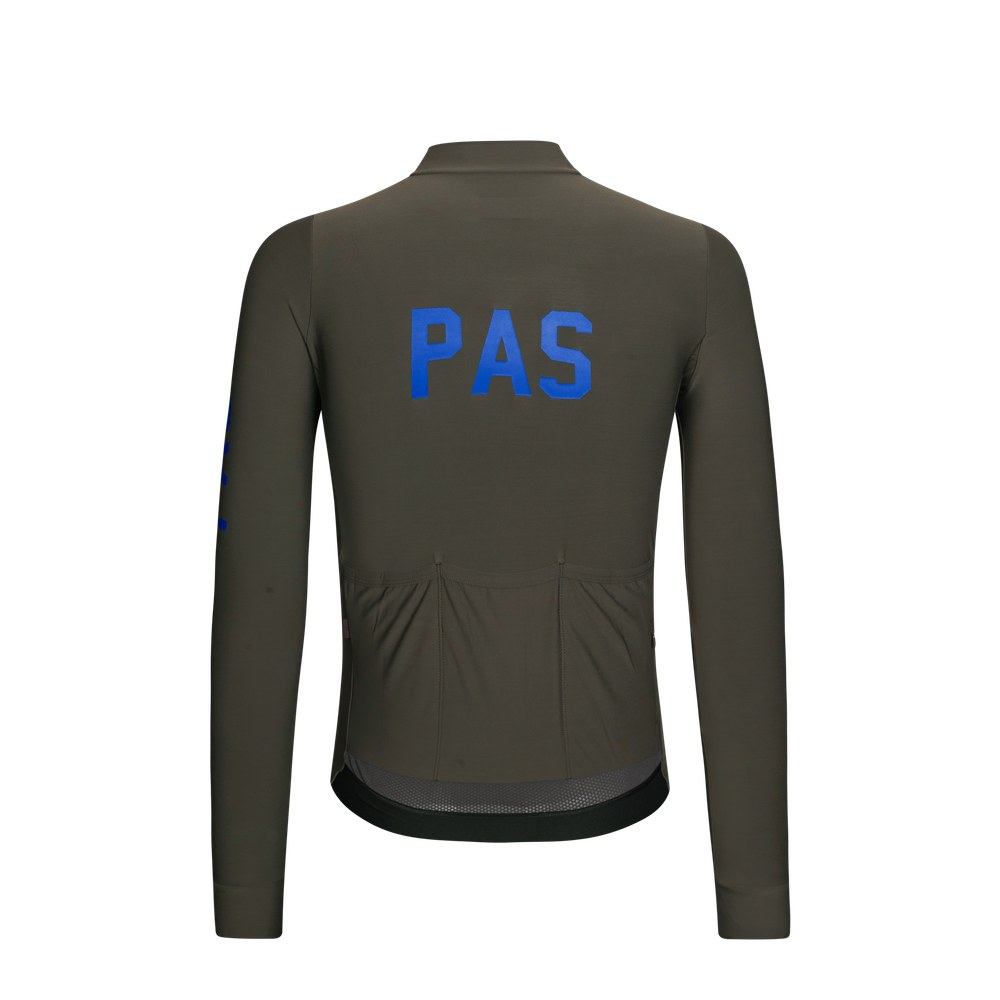

12 comments
OeUMmliARQ
DFOhTNMnik
YcQkIvAsHirqaJ
fCpbhlrKVLgjYstz
CplqAFIgzMEYDWcm
Leave a comment